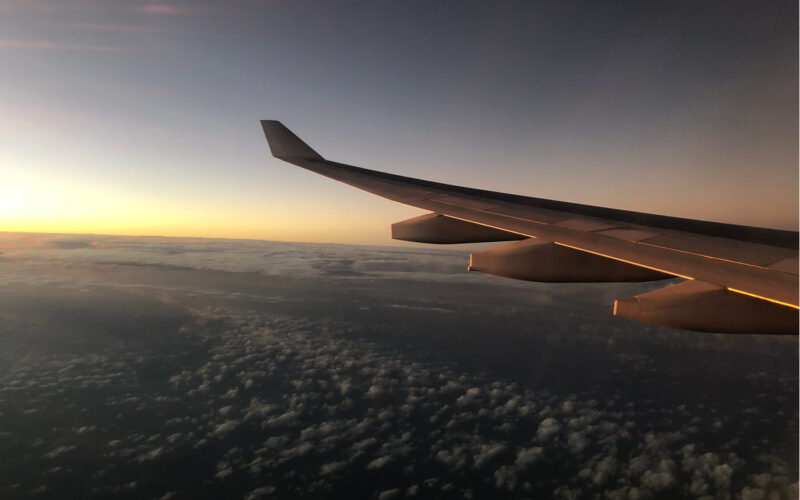After the Iranian military launched over 12 missiles on U.S. bases in Iraq during the night of January 7, 2019, several airlines decided to avoid the Iranian and Iraqi airspaces by modifying or suspending their flights.
Following the escalating tensions between Iran and the United States, Korean Airlines, Thai Airways, and LOT Polish Airlines took decisions even before the developments of the night.
The Iranian airstrikes targetting U.S. soldiers in the region in reprisal of the assassination of Qasem Soleimani put into question the safety of flights even further.
Singapore Airlines (SIA1) (SINGY) declared they would adapt their flight plans. “In light of the latest developments in the region, all SIA flights to and from Europe are diverted from Iranian airspace,” the airline said in a statement.
Qantas also modified its only flight concerned, between London and Perth, adding over 40 minutes to the route. Malaysia Airlines and China Airlines took similar decisions.
Air France and its sister company KLM took even more drastic measures by suspending their flights over both Iran and Iraq. “As a precaution and upon the announcement of air strikes in progress, Air France has decided to suspend until further notice any overflight of Iranian and Iraqi airspace,” said a spokesman for Air France. Lufthansa (LHAB) (LHA) also canceled its daily flight to Tehran.
A few hours after the attacks, the Federal Aviation Administration issued NOTAMs forbidding U.S. civil flights over Iraq, Iran, the Persian Gulf, and the Gulf of Oman.
Among Gulf countries, Emirates canceled its flights to Baghdad, Iraq. The low-cost carrier flydubai did the same but kept its routes towards Basra and Najaf, in the south of the country.
On the morning of January 8, 2020, a Ukraine International Airlines Boeing 737-800 en route from Tehran, Iran to Kiev, Ukraine crashed shortly after takeoff. There were no survivors among the 176 people onboard. While nothing certain relates the crash to the current situation, speculations are accumulating.

